Judith Duportail, writing for the Guardian, requested her personal data from dating service Tinder. She got back 800 pages of all the information she voluntarily gave away.
As I flicked through page after page of my data I felt guilty. I was amazed by how much information I was voluntarily disclosing: from locations, interests and jobs, to pictures, music tastes and what I liked to eat. But I quickly realised I wasn’t the only one. A July 2017 study revealed Tinder users are excessively willing to disclose information without realising it.
Is it bad that all I can think of is Facebook sitting in front of a fireplace with a glass of scotch muttering under its breath: “800 pages? Child’s play.”
Of course after hearing some big number or quantity that defines how much information a company has on an individual, everyone raises their eyebrows. And then they go right back to plugging in more information about themselves.
Good times ahead, I am sure.


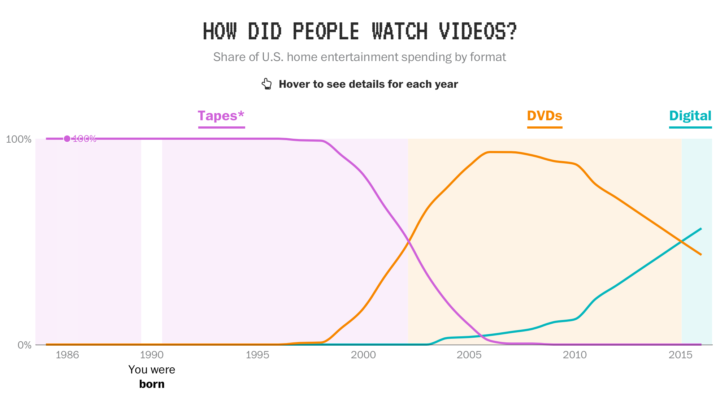
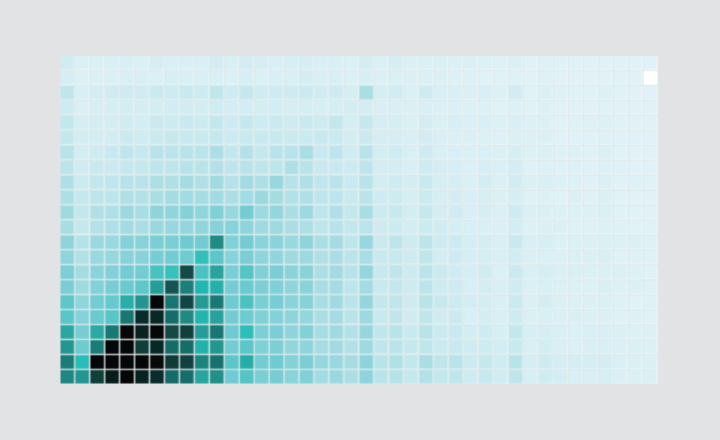
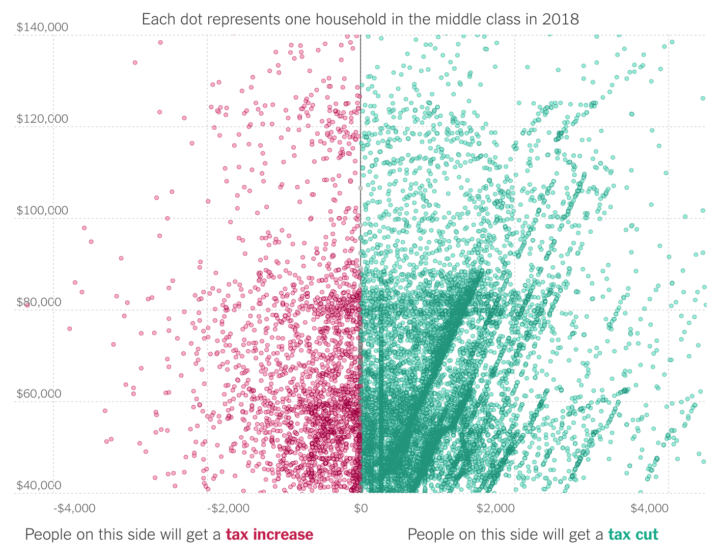
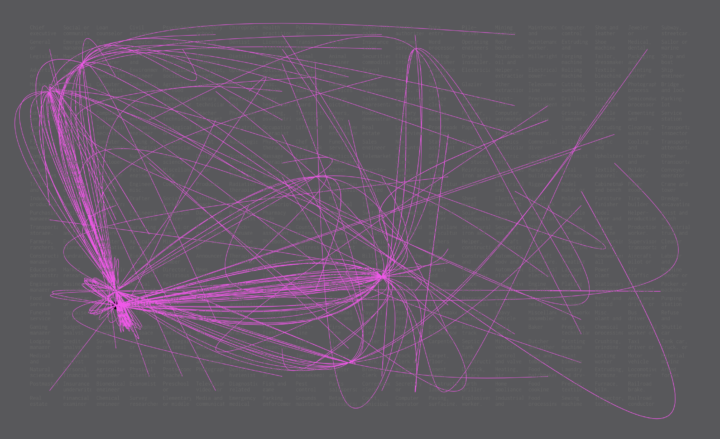

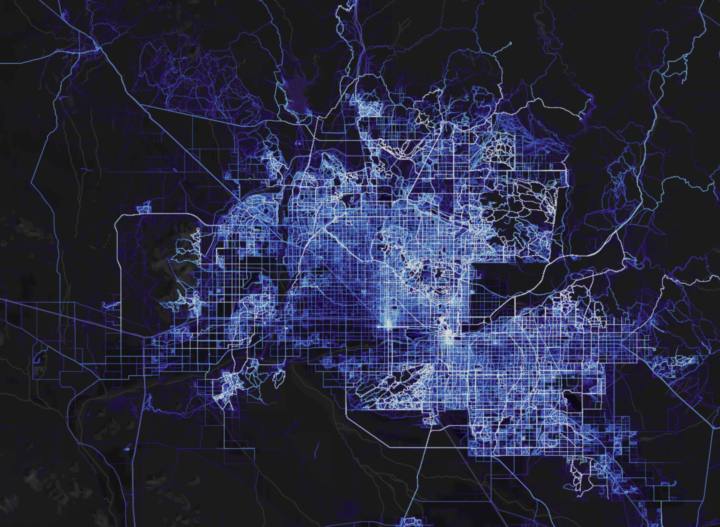
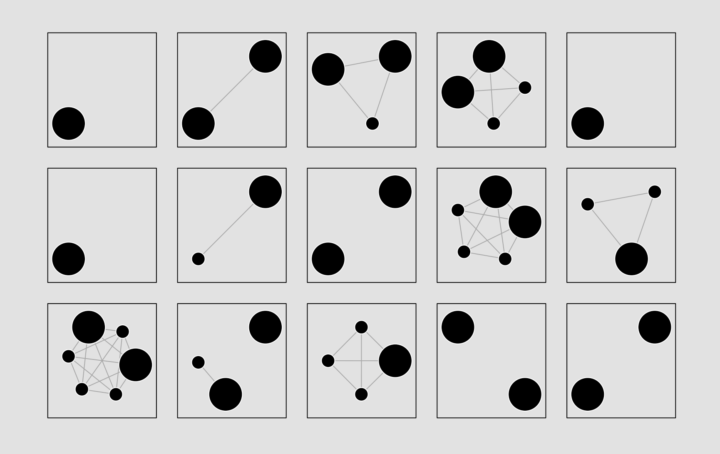
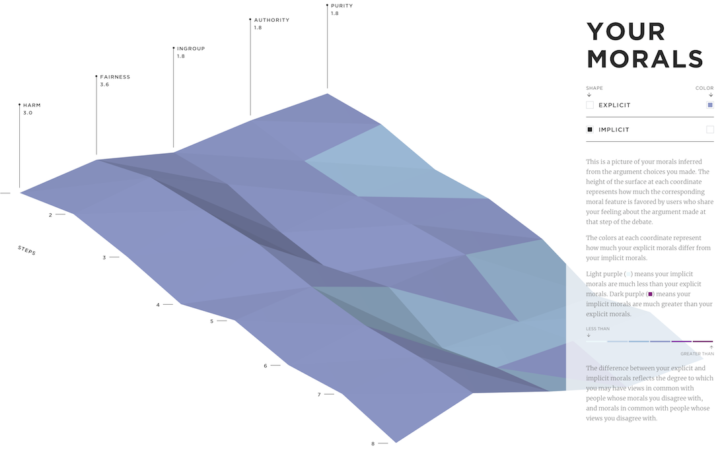

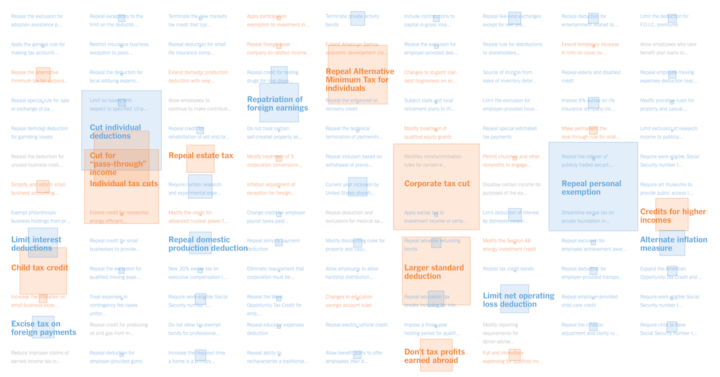

 Visualize This: The FlowingData Guide to Design, Visualization, and Statistics (2nd Edition)
Visualize This: The FlowingData Guide to Design, Visualization, and Statistics (2nd Edition)










